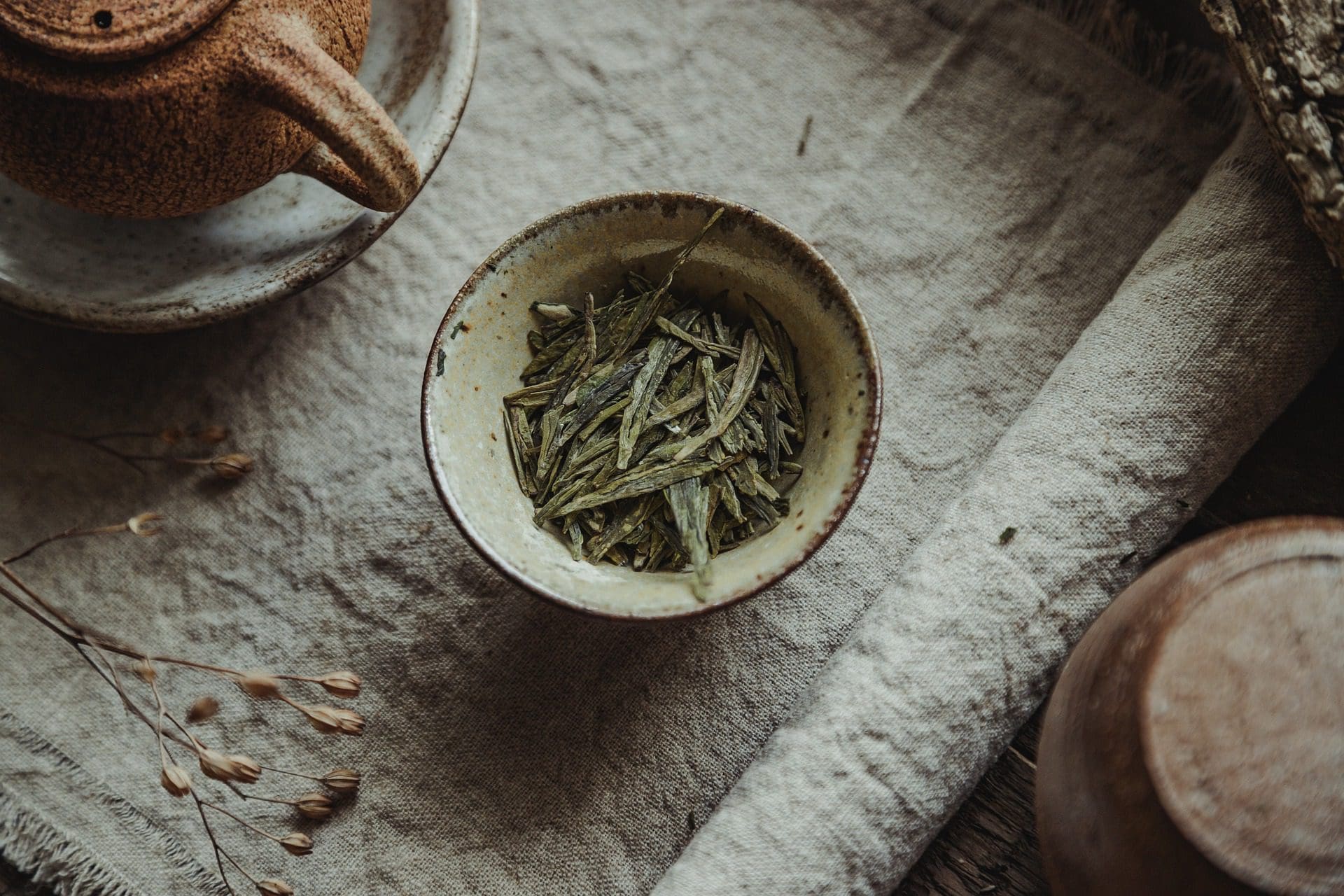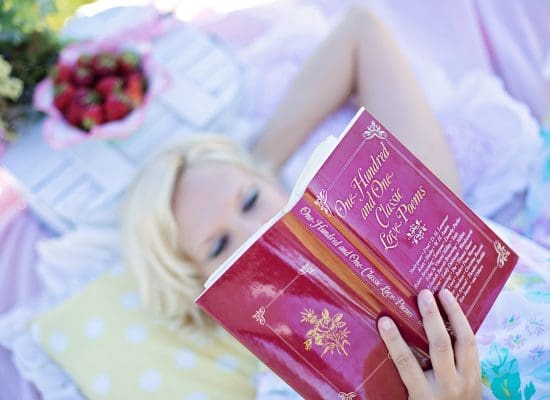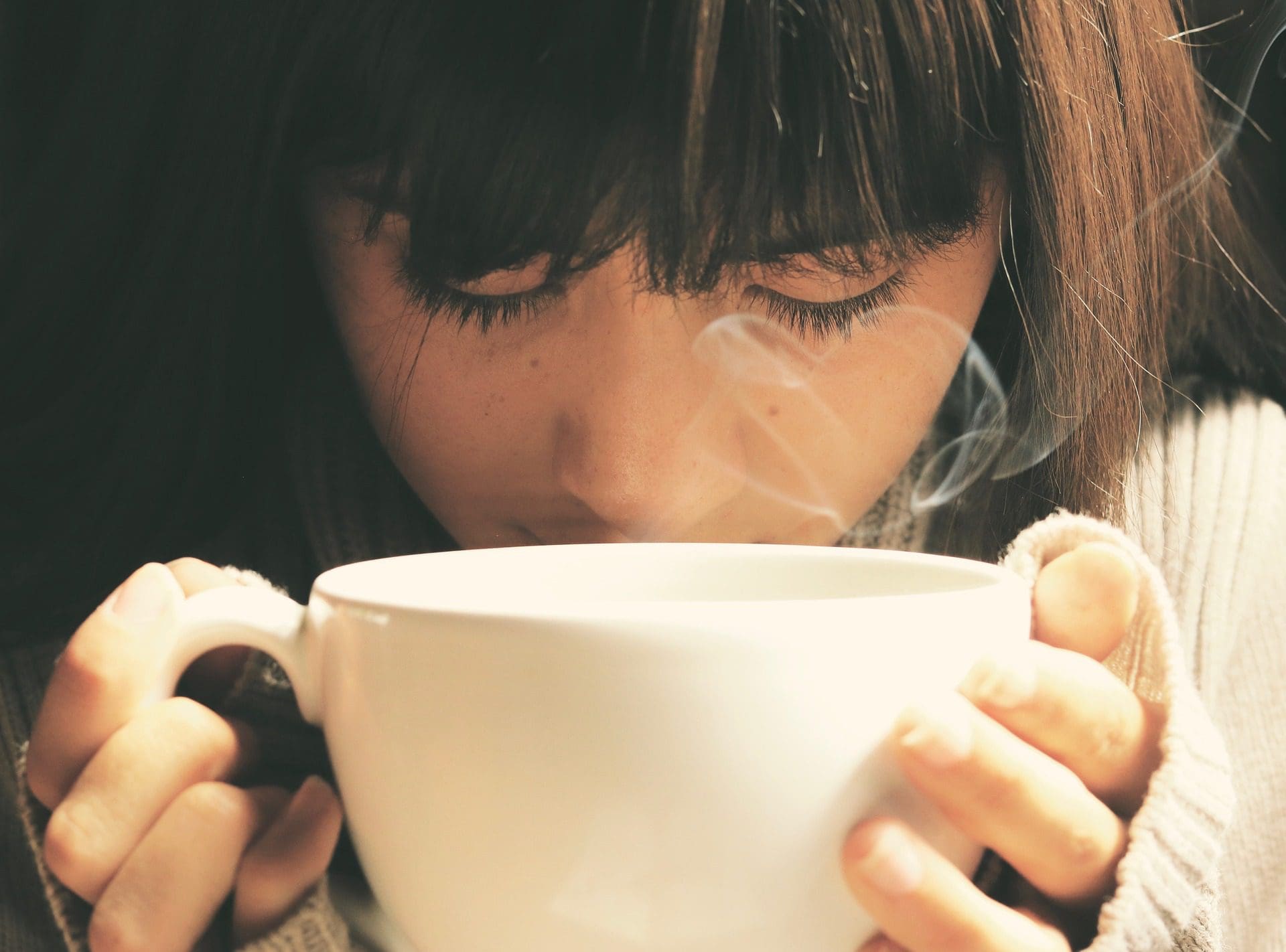Post photo: green tea | © Pixabay
My love for tea began in the 1970s when I got to know and love the local tea during a vacation in Ceylon. As a result, Ceylon teas were my favorite hot drink for decades. The mostly black Ceylon teas are characterized by a slightly malty, fresh and sometimes lemony taste, although I always drank these teas rather bitterly and strongly due to the dosage. I paid particular attention to using the largest possible tea leaves and very rarely poured the tea a second time.
Then during my time in Poland made us Mark Ramus on the green tea attentive and managed to transform us from black tea drinkers to green tea drinkers within a few months. And because Marek preferred Chinese tea, we got used to it too. Only years later, when a Japanese colleague pointed out to me that there is also good Japanese tea, did we start to try Japanese tea from time to time.
In contrast to black tea, the tea leaves in green tea are not fermented and, due to the different processing methods, the leaves of the traditional Chinese tea plant Camellia sinensis are used rather than the Indian subspecies Assamica, which today is likely to be a cross between the two tea types.
Interestingly, we always use the Japanese and mostly cast-iron teapots to brew our tea right from the start. Since these also look good, we started using a separate pot for each type of tea.
But today we still tend to drink the Chinese varieties, which taste more floral and sometimes smoky and bitter. The Japanese teas taste rather grassy and, in my opinion, sometimes even fishy.
In the meantime we have also got used to the Indian Darjeeling, which we like to drink as green or white tea and which we think goes quite well with Oolong.
The Chinese Oolong has become our big favorite (Yánchá) over the past few years, although we also really enjoy drinking the Chun Mee. Personally, I also drink the Pu-Erh, a well-aged Oolong, which can also have a muddy note.
By the way, the well-known jasmine tea is a green tea, which is mixed with jasmine blossoms during production, and these are then removed from the tea again.
"Of course I don't know if I'll be alive tomorrow. But I know for a fact that if I live to-morrow I shall drink tea.”
Gotthold Ephraim Lessing, Certainty (1771)





